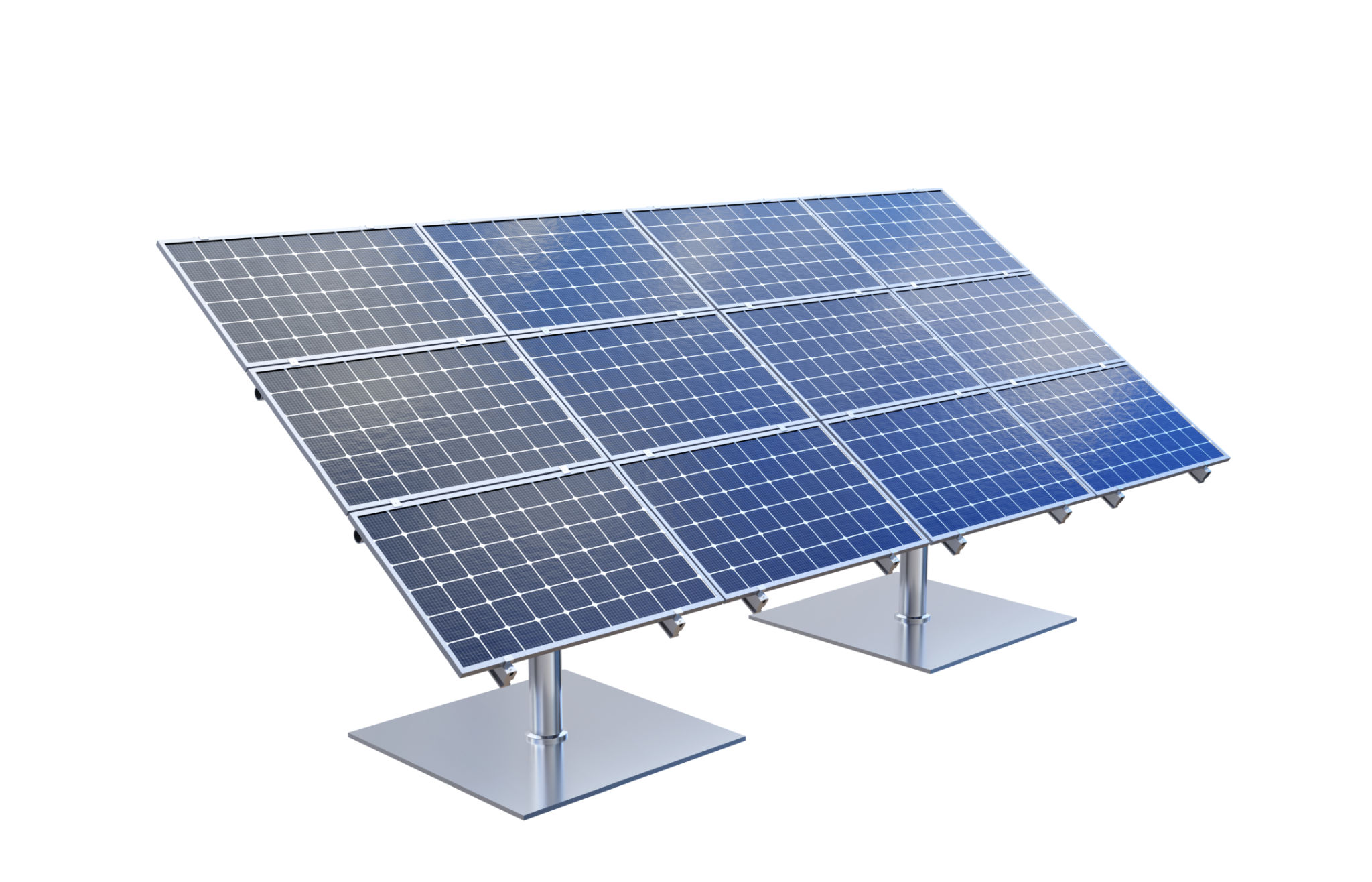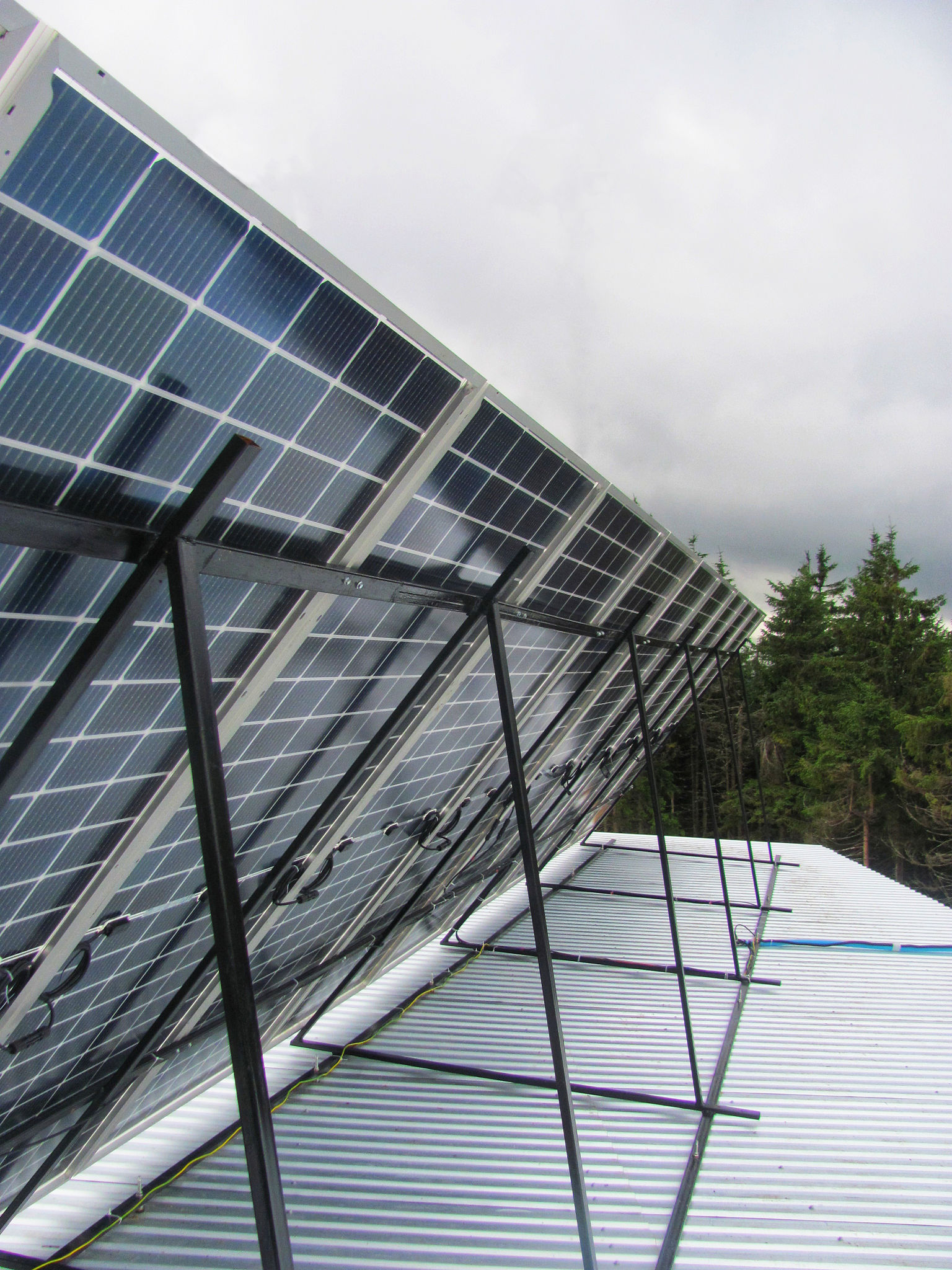Exploring the Latest Trends in Solar Technology
Introduction to Solar Technology Trends
In recent years, solar technology has been making significant strides, transforming the way we harness energy from the sun. As the demand for sustainable and renewable energy solutions grows, researchers and developers are pushing the boundaries of what solar power can achieve. This blog post explores some of the latest trends in solar technology, shedding light on innovations that are set to shape the future of energy.

Advancements in Photovoltaic Efficiency
One of the most significant advancements in solar technology is the increase in photovoltaic (PV) efficiency. Researchers are constantly working to enhance the ability of solar panels to convert sunlight into electricity. Recent breakthroughs have seen the development of solar cells with efficiency rates exceeding 20%. These high-efficiency panels are becoming more accessible, making solar power a more viable option for both residential and commercial applications.
Moreover, tandem solar cells, which combine multiple layers of materials to capture different parts of the solar spectrum, are gaining traction. This technology promises to boost efficiency even further, potentially reaching over 30% in the near future. Such improvements not only enhance energy output but also reduce the overall costs of solar installations.
Emergence of Bifacial Solar Panels
Bifacial solar panels are another promising trend in the industry. Unlike traditional solar panels that capture sunlight on one side, bifacial panels can absorb light from both sides, increasing their energy production potential. This dual-sided design allows them to capture reflected sunlight from surfaces like rooftops and ground installations, making them an efficient choice for various settings.

The adoption of bifacial solar panels is particularly advantageous in areas with ample sunlight and reflective surfaces. As more companies explore this technology, we can expect improved designs and wider availability, leading to better performance and cost-effectiveness.
Integration of Solar and Battery Storage
As solar technology advances, the integration of solar power systems with battery storage is becoming increasingly important. Energy storage solutions allow for the retention of excess solar energy produced during peak sunlight hours, which can then be used during periods when sunlight is not available, such as nighttime or cloudy days. This integration ensures a steady and reliable power supply.
New developments in battery technology, such as lithium-ion and solid-state batteries, are making solar storage more efficient and affordable. As a result, more households and businesses are considering solar-plus-storage systems to achieve energy independence and reduce reliance on traditional power grids.

Smart Solar Solutions and IoT Integration
The intersection of solar technology and the Internet of Things (IoT) is driving the development of smart solar solutions. IoT-enabled solar systems can monitor and optimize energy production and consumption in real time, leading to enhanced performance and efficiency. These systems can communicate with other smart devices, allowing users to manage their energy usage remotely through mobile apps or web platforms.
Smart solar solutions offer significant advantages, such as predictive maintenance, increased energy savings, and a better understanding of energy consumption patterns. As IoT technology continues to evolve, its integration with solar systems will become more seamless and widespread.
Conclusion
The world of solar technology is evolving rapidly, with new trends and innovations emerging regularly. From advancements in photovoltaic efficiency to the integration of smart solutions, these developments are paving the way for a more sustainable and energy-efficient future. As solar technology continues to advance, it holds the promise of reducing our carbon footprint while providing a reliable and cost-effective energy source.
